California is one of the most hydrologically altered landscapes in the world. As water becomes ever more scarce and the human population continues to grow, that vast engineered system strains to meet the needs of people let alone the needs of nature.
Water rights allocations far exceed actual surface water supply, and millions of wells tap groundwater to meet the increasing demands of farms and communities. As groundwater reservoirs are depleted they can in turn reduce surface flows – exacerbating a vicious cycle in which people and nature both lose. Rivers, wetlands and groundwater-dependent ecosystems are caught in this struggle for an increasingly limited resource. Nearly half of California’s roughly 4,000 freshwater species are considered vulnerable to extinction. Of the taxa that are found nowhere but California – our endemic freshwater biodiversity – 90 percent are at risk.
But there is hope. While it is impossible to return natural flows to most of California’s rivers and streams, we can – through science, technology, and innovative market tools – endeavor to deliver water when and where nature needs it most.
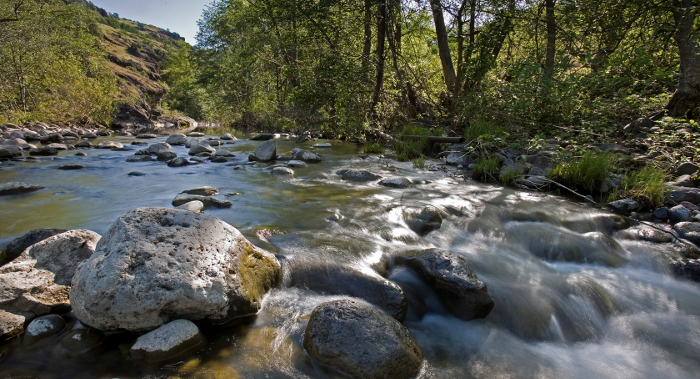
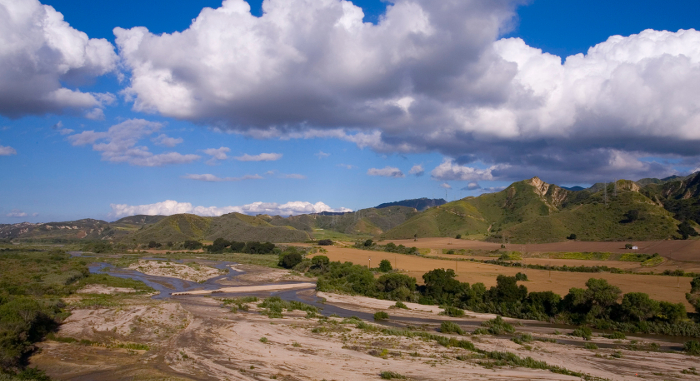
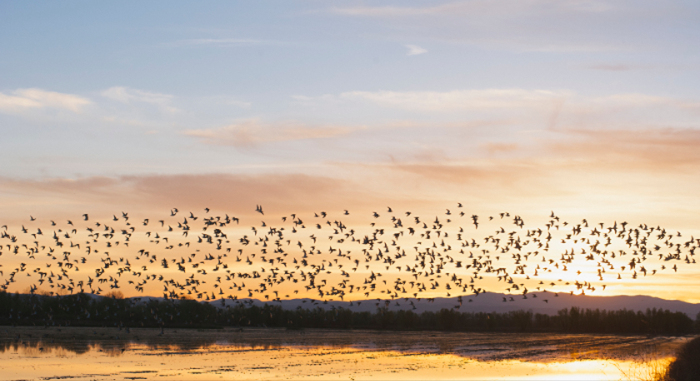
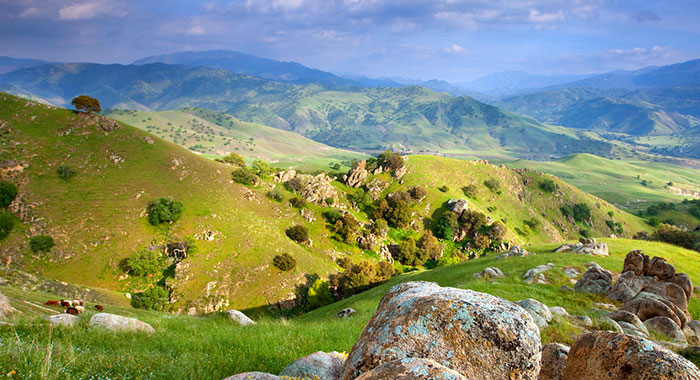

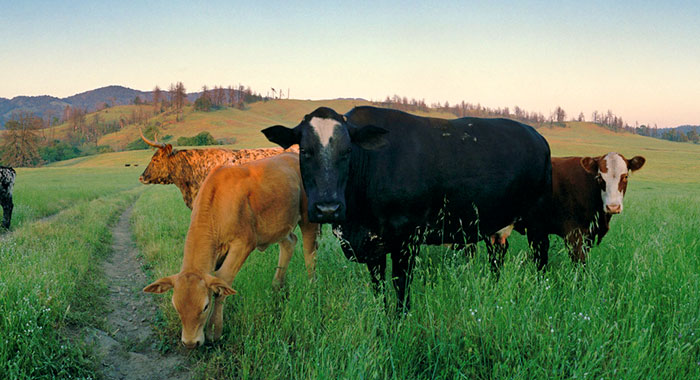
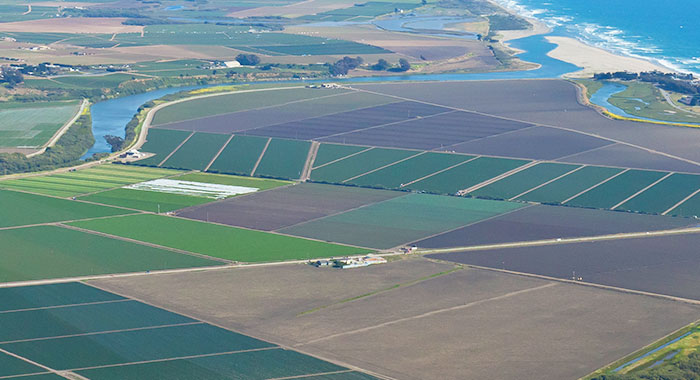
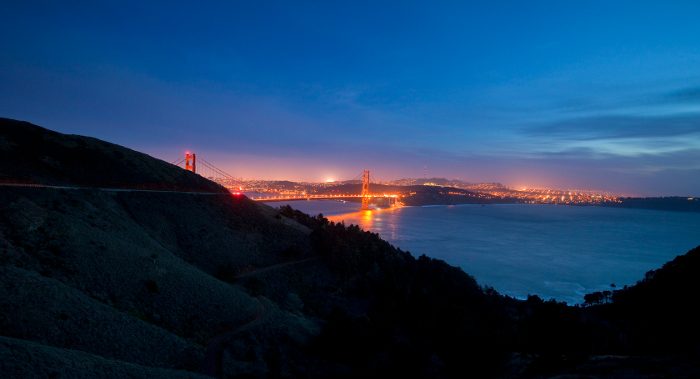
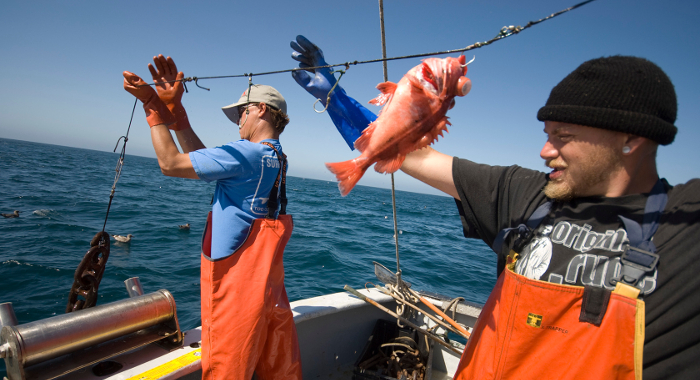
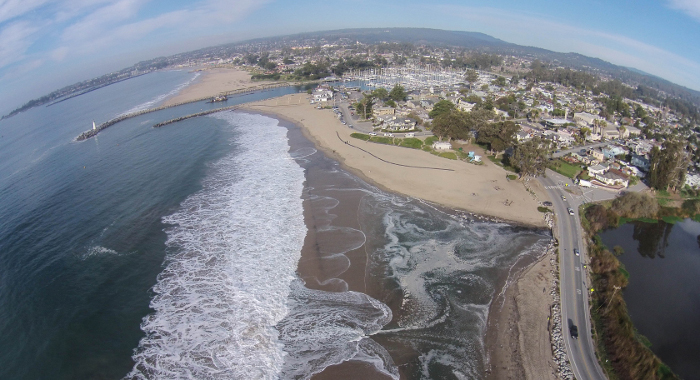
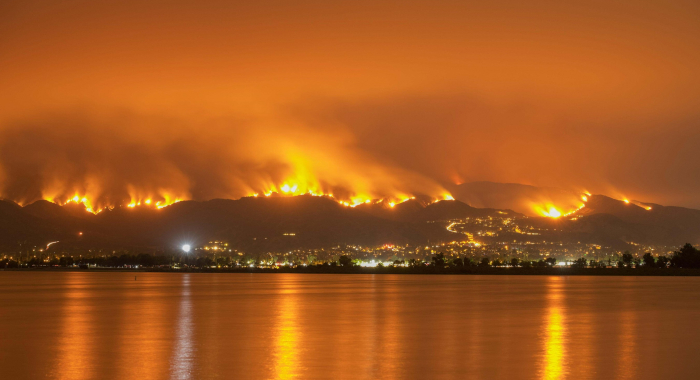
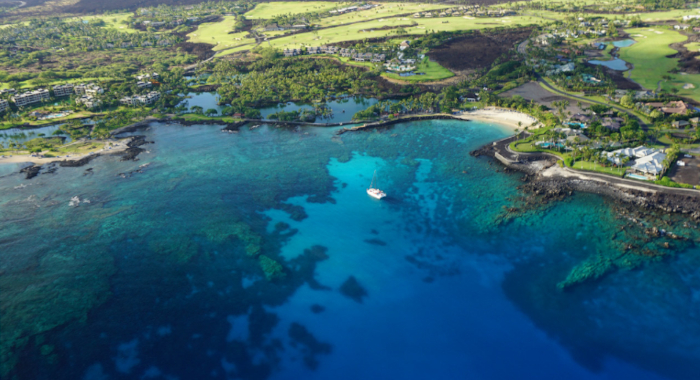
Scott A. Morrison, Douglas T. Bolger
Reproductive success of many species in arid environments can be sensitive to rainfall patterns: rainfall events can produce a boom of primary productivity that fuels an ecological response from the…Scott A. Morrison, Douglas T. Bolger
Fragmentation-sensitive species – those that tend to disappear when their habitat is fragmented – pose particular challenges for conservation, in part because fragmentation ushers in such…Douglas T. Bolger, Andrew V. Suarez, Kevin R. Crooks, Scott A. Morrison, Ted J. Case
Habitat fragmentation ushers in a wide array of ecological changes, and understanding the drivers and impacts of those changes is critical for conservation management. This study examines an often…